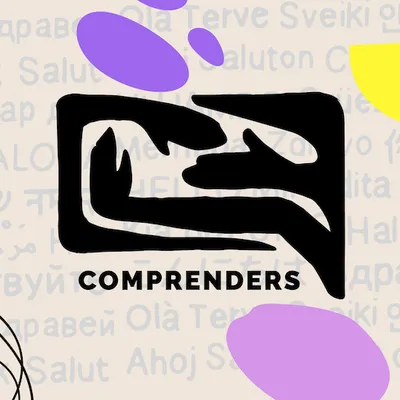
The Ultimate Guide to Haggling in Spanish: Master Phrases and Cultural Insights
Haggling in Spanish-speaking countries involves not only using specific phrases but also understanding cultural nuances that make the interaction smooth and successful. Here’s a guide to help you:
Common Spanish Phrases for Haggling
- ¿Cuánto cuesta? – How much does it cost?
- ¿Me puede dar un descuento? – Can you give me a discount?
- Está muy caro. – It’s very expensive.
- ¿Y si pago en efectivo? – What if I pay cash?
- ¿Cuál es el mejor precio que me puede ofrecer? – What’s the best price you can offer me?
- ¿Me puede rebajar un poco? – Can you lower the price a little?
- No puedo pagar tanto. – I can’t pay that much.
- Lo voy a pensar. – I’ll think about it.
- Si me deja en [price], lo compro ahora mismo. – If you let it go for [price], I’ll buy it right now.
- Es mi último precio. – It’s my final price.
Cultural Peculiarities
- Politeness and Enthusiasm: Begin negotiations politely but with friendly enthusiasm. Smile and use polite forms like “usted” unless the seller uses “tú.”
- Bargaining Expected: In markets, street stalls, and smaller shops, bargaining is customary and often expected, unlike in fixed-price stores.
- Start Lower: It’s common to start by offering about 50-70% of the asking price and negotiate upward from there.
- Patience and Persistence: Haggling can be playful and time-consuming; patience and persistence are valued.
- Show Interest, Then Hesitate: Show genuine interest but also hesitation to convey that the price is a decisive factor.
- Cash Advantage: Offering to pay in cash can often help secure a better price.
- Local Variation: Practices vary by country and region; for instance, Mexican markets tend to be more flexible, while some places may have stricter price guidelines.
Using these phrases with an understanding of the culture will help you negotiate effectively in Spanish-speaking settings. This interaction is not only about price but building a rapport with the seller, respecting their norms, and enjoying the exchange experience.
References
-
The Usage-based Study of Language Learning and Multilingualism
-
A Library for Automatic Natural Language Generation of Spanish Texts
-
On the structure and variation of ‘hace’ as a temporal expression
-
Después de usted: Variation and Change in a Spanish Tripartite Politeness System
-
A corpus-based study of aspect: still and already + verb phrase constructions into Spanish
-
Expressions of probability in Spanish language and their translation into Arabic (Empirical study)
-
The Translation of English Financial Humor into Spanish: Cognitive, Linguistic and Pragmatic Issues
-
SOBRE LOS ANGLICISMOS SHOPPING CENTER, MALL, OUTLET Y BLACK FRIDAY EN EL ESPAÑOL DE AMÉRICA
-
Dialogical and monological functions of the discourse marker bueno in spoken and written Spanish